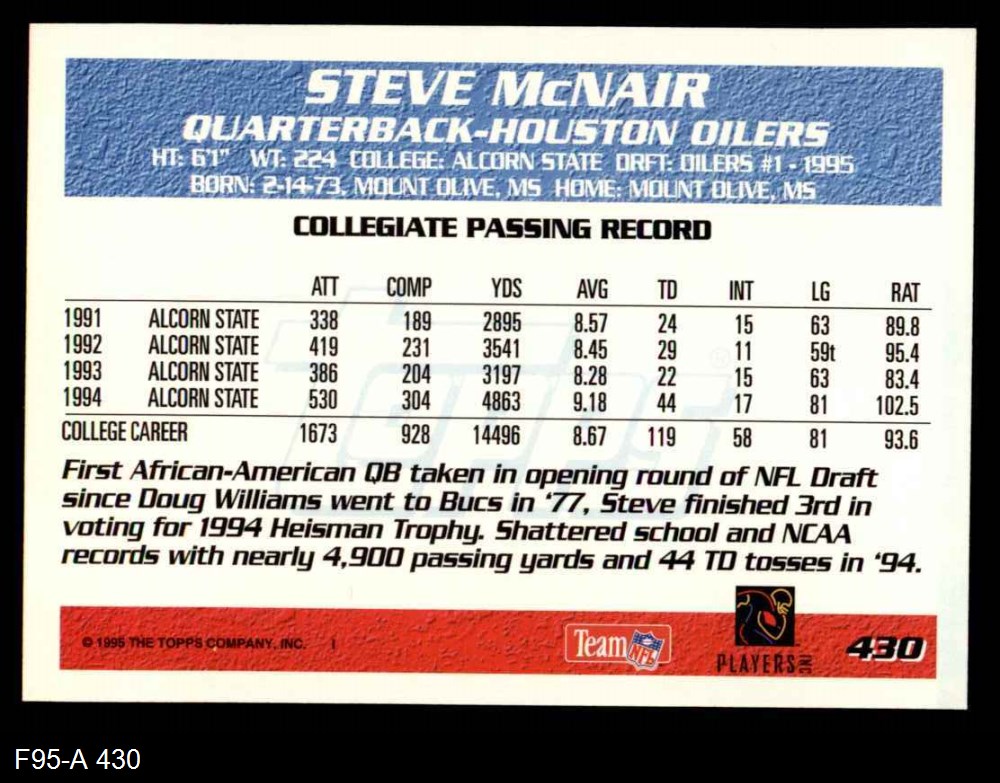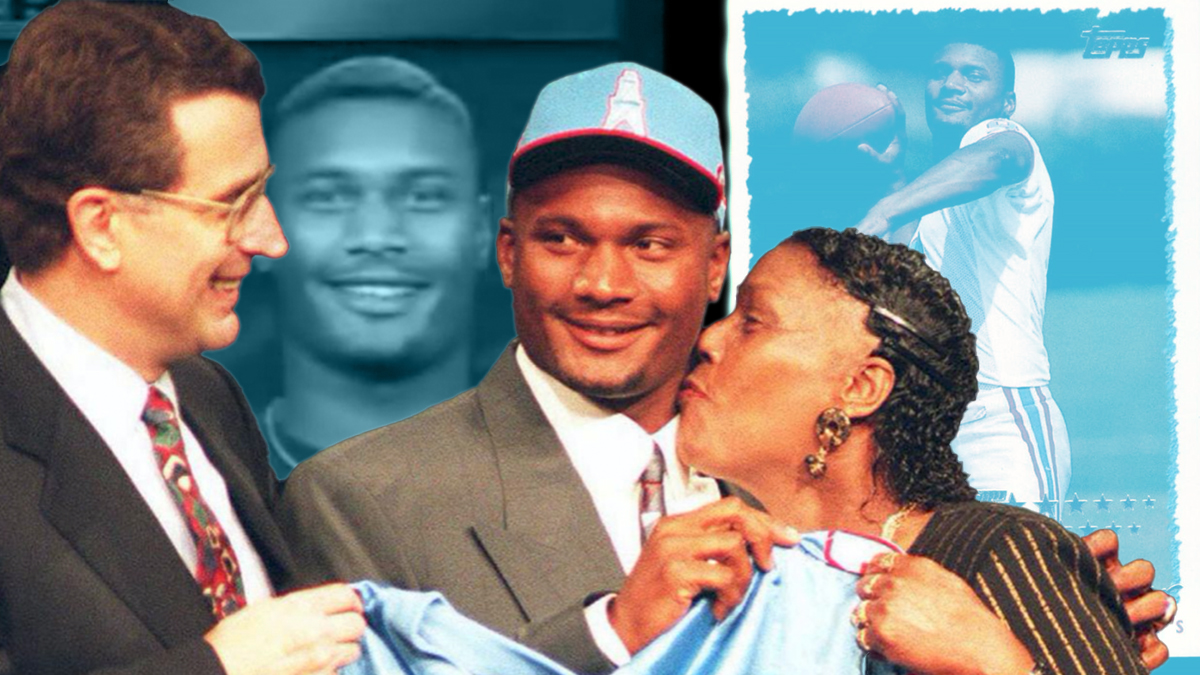
Saturday. April 22, 1995. New York City
Finally, the big day had come. The Panthers kicked the day off by officially trading out of the first overall pick, handing it to the Cincinnati Bengals.
The Bengals were one of several teams that coveted Penn State running back Ki-Jana Carter, and they were willing to give up several picks to compensate. The Panthers, meanwhile, were locked in on getting a quarterback. And everybody knew there were only two to choose from.
From the beginning, Panthers GM Bill Polian made it clear that he was concerned about the level of competition he’d played against.
“He’s a great athlete with terrific arm strength and the ability to avoid (pass rushers) in the pocket,” Polian told The Journal News prior to the draft. “The only real downside is that he’s played at a low level of competition and he’s making a huge jump to the NFL in the premier position.”
“The one thing you don’t know is how he’ll handle the sophisticated, faster-by-a-lot-defenses in the NFL.”
The Jaguars, unlike their expansion brethren, weren’t pressed for a quarterback. They had already picked up a promising young quarterback in Mark Brunell in the expansion draft. Brunell had shown enough promise as Brett Farve’s backup that they were more focused on getting an offensive line to support him. They selected Boselli, who would go on to play at a Hall of Fame level during his career.
‘The Michael Jordan of the Draft’
Former Washington Redskins quarterback Joe Theisman was especially high on McNair. The on-air analyst gave McNair the edge in Arm Strength, Mechanics, and Athletic Ability, while he gave the edge to Collins in Pocket Presence and System Preparation. He rated both players as a 34 based on Deep Passing, Touch Passing, Rolling Out and Reloading.
“He is raw around the edges, I’ll give you that,” Theisman said looking into the ESPN cameras. “Maybe that comes out of the competition in the Division II schools where it isn’t like it would be in Division I.”
Never mind the fact that the SWAC was a Division I-AA school.
“He’s just too darn talented to pass up. He’s the kind of guy you have to have.”
Then Theisman eerily plotted out the first couple of years of McNair’s career, predicting he’d sit as a rookie, play a little over the next few seasons and be ready to start by 1997.
“You’re investing some money in a young man, but he’s certainly the kind of guy you’re willing to spend some time on. Because he is, and could well be, your franchise quarterback.”
Theisman was convinced that McNair would be able to develop under the tutelage of then-Oilers offensive coordinator Jerry Rhome. Rhome coached Theisman in Washington and had also been crucial in the development of Troy Aikman, who was about to win his third Super Bowl in four years.
Ironically, according to Chris Mortenson, Rhome wanted the team to draft receiver Michael Westbrook over McNair.
However, Oilers general manager Floyd Reese was convinced that McNair was “the Michael Jordan” of the draft and that he could get the team over the hump. In the end, Reese won out.
